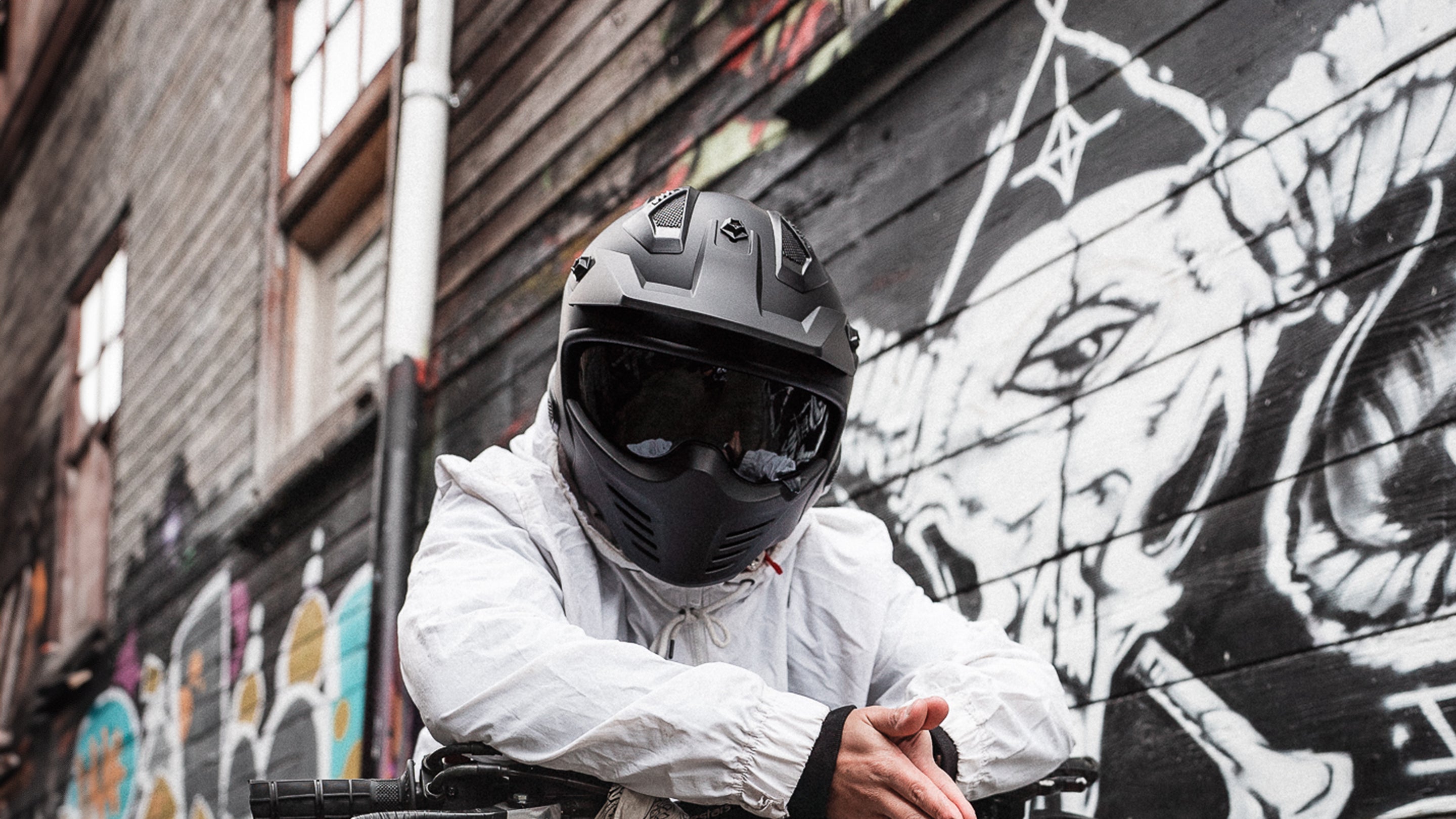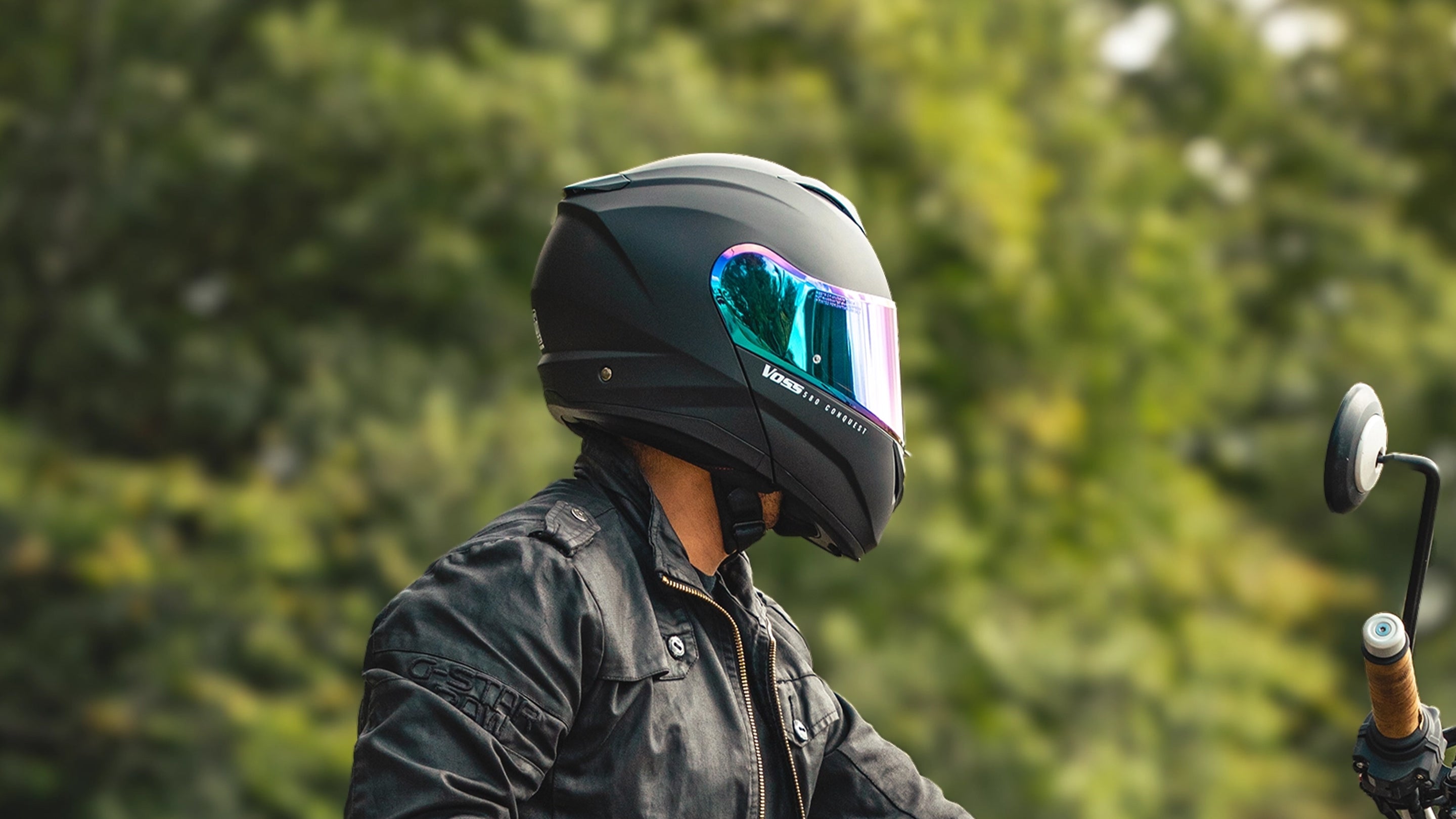How to Choose the Right Motorcycle Helmet: Everything You Need to Know Before you Buy
Motorcycle helmets are not just an accessory; they are a critical piece of gear for every rider. A helmet’s primary purpose is to protect your head in case of an accident, but it can also enhance your riding experience by offering comfort, style, and advanced features. In this guide, we’ll break down everything you need to know about choosing the perfect motorcycle helmet.
Why Motorcycle Helmets Matter
Every year, thousands of riders sustain injuries that could have been mitigated with proper helmet use. According to the National Highway Traffic Safety Administration (NHTSA), helmets are estimated to reduce the risk of head injury by 69% and the risk of death by 37%. These statistics underscore the importance of choosing a helmet that meets safety standards while suiting your riding needs.
Understanding Motorcycle Helmet Types
1. Full-Face HelmetsFull-face helmets provide the most comprehensive protection by covering your entire head, including the chin and face. They are ideal for high-speed and long-distance riders, offering maximum safety and noise reduction.
2. Modular Helmets
A hybrid between full-face and open-face designs, modular helmets feature a flip-up chin bar, providing versatility for riders who need both protection and convenience.
3. Open-Face Helmets
Popular among cruiser and scooter riders, open-face helmets cover the top, back, and sides of the head but leave the face exposed. While they offer more visibility and airflow, they compromise on full-face protection.
4. Half Helmets
Covering only the top of the head, half helmets are lightweight and provide minimal coverage. They are favored by riders looking for a minimalist style but come with limited safety features.
5. Off-Road Helmets
Designed for dirt bike and motocross enthusiasts, off-road helmets feature extended chin bars and visors, offering protection against debris and providing optimal airflow.
Key Features to Look for in a Helmet
1. Safety Certifications
Always check for certifications such as DOT, ECE, or Snell, as they ensure the helmet meets or exceeds safety standards.
2. Fit and Comfort
A poorly fitting helmet can cause discomfort and compromise safety. Measure your head size and try on different models to find the perfect fit.
3. Ventilation
Proper airflow is crucial for maintaining comfort, especially during long rides or in hot weather.
4. Visor Options
Look for helmets with anti-fog and UV-protected visors to enhance visibility in different riding conditions.
5. Weight
A lightweight helmet reduces strain on your neck and shoulders, improving comfort during extended rides.
6. Padding and Lining
Removable and washable padding ensures hygiene and long-lasting comfort.
How to Maintain Your Motorcycle Helmet
1. Cleaning: Regularly clean the helmet’s exterior with mild soap and water. Avoid harsh chemicals that could degrade materials.
2. Liner Maintenance: Remove and wash the interior liner to eliminate odors and bacteria.
3. Visor Care: Clean visors with a microfiber cloth to avoid scratches and maintain clarity.
4. Storage: Store your helmet in a cool, dry place away from direct sunlight.
5. Replacement: Replace your helmet every 5 years or immediately after an impact, even if no visible damage is apparent.
Common Myths About Motorcycle Helmets
· Myth #1: Expensive helmets are always safer.
Fact: Price does not always equate to safety. Look for certifications over brand name.
· Myth #2: Open-face helmets are just as safe as full-face helmets.
Fact: Full-face helmets provide superior protection for your chin and face during a crash.
· Myth #3: Helmets limit visibility and hearing.
Fact: Modern helmets are designed to optimize peripheral vision and allow riders to hear ambient sounds.
Conclusion: Choose Wisely for Safety and Comfort
Selecting the right motorcycle helmet is a decision that can save your life. By considering factors such as safety certifications, fit, and additional features, you can find a helmet that suits your riding style and preferences. Investing in a high-quality helmet is not just about compliance; it’s about ensuring your safety and enhancing your riding experience.










